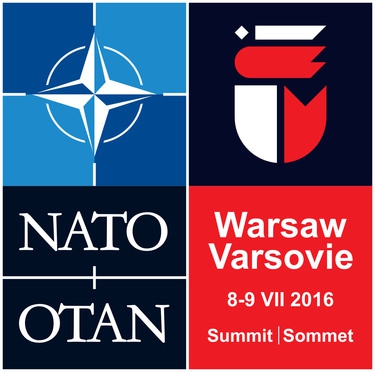Etude et analyse
Au sommet de l’OTAN à Varsovie, l’objectif affiché était de démontrer, comme le dit le dernier paragraphe du communiqué final, « notre unité, notre solidarité et notre force ». Or sur chacun des trois points, il demeure de sérieux doutes. Qu’il s’agisse de l’unité (faire front commun face aux menaces), de la solidarité (une attaque contre l'un des membres est considérée comme une attaque contre tous) ou de la force (sur ses volets anticipation, décision, action), l’attitude des alliés témoigne de profondes contradictions.

Le défi de la crédibilité politique
Unité de façade et divergences de fond
Une solidarité publiquement remise en question
Le casse-tête de la crédibilité des forces
Le déploiement
Prise de décision
Le renseignement
L’articulation UE-OTAN : retour vers le futur (les 3D réactualisés)
La non-discrimination
Le non découplage
La non duplication
Conclusion
De toute évidence, le seul moyen d’arriver à une véritable autonomie stratégique serait de se libérer de la contrainte fallacieuse de la complémentarité avec l’OTAN, laquelle n’a jamais été autre chose qu’une astuce savamment construite pour perpétuer une situation de dépendance. Or cette question de l’autonomie stratégique est au coeur des deux options qui s’offrent à l’Europe, et qui permettraient de résoudre l’ensemble des contradictions – l’une par le bas, l’autre par le haut. Dans la première on fait le deuil de son autonomie, dans la seconde on l’assume et on l’honore, par des décisions concrètes, jour après jour.
(...)
Le texte intégral figure dans le n°40 de la revue Défense & Stratégie.
Tags:
ue-otan, otan




















